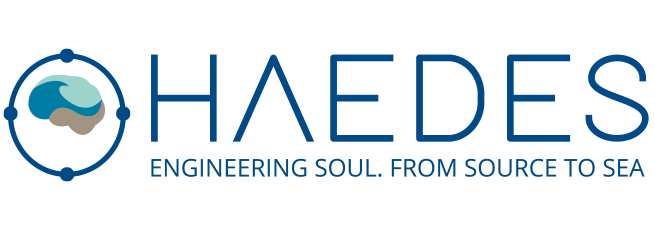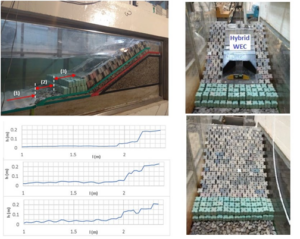Scour Protections for Offshore Foundations of Marine Energy Harvesting Technologies: A Review
Scour Protections for Offshore Foundations of Marine Energy Harvesting Technologies: A Review
The offshore wind is the sector of marine renewable energy with the highest commercial development at present. The margin to optimise offshore wind foundations is considerable, thus attracting both the scientific and the industrial community. Due to the complexity of the marine environment, the foundation of an offshore wind turbine represents a considerable portion of the overall investment. An important part of the foundation’s costs relates to the scour protections, which prevent scour effects that can lead the structure to reach the ultimate and service limit states. Presently, the advances in scour protections design and its optimisation for marine environments face many challenges, and the latest findings are often bounded by stakeholder’s strict confidential policies. Therefore, this paper provides a broad overview of the latest improvements acquired on this topic, which would otherwise be difficult to obtain by the scientific and general professional community. In addition, this paper summarises the key challenges and recent advances related to offshore wind turbine scour protections. Knowledge gaps, recent findings and prospective research goals are critically analysed, including the study of potential synergies with other marine renewable energy technologies, as wave and tidal energy. This research shows that scour protections are a field of study quite challenging and still with numerous questions to be answered. Thus, optimisation of scour protections in the marine environment represents a meaningful opportunity to further increase the competitiveness of marine renewable energies.
Fazeres-Ferradosa, T.; Chambel, J.; Taveira-Pinto, F.; Rosa-Santos, P.; Taveira-Pinto, F.V.C.; Giannini, G.; Haerens, P. (2021), “Scour Protections for Offshore Foundations of Marine Energy Harvesting Technologies: A Review”. J. Mar. Sci. Eng. 2021, 9, 297


